Keen to improve your wildlife photography this year? In the first of a two-part article, Tom Mason shares some great wildlife photography tips to help you capture something different.
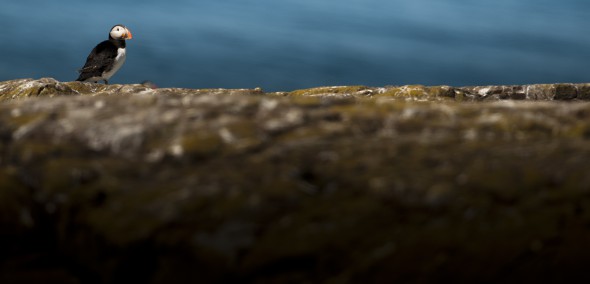
Inspiration
1. Buy a magazine subscription
Feeling inspired with refreshed energy every month can be tough, so think about purchasing a magazine subscription to keep you topped up with new ideas and photographic inspiration. Photography magazines are an obvious choice, but also remember to look elsewhere to publications that have equally breathtaking images, such as BBC Wildlife Magazine or National Geographic.
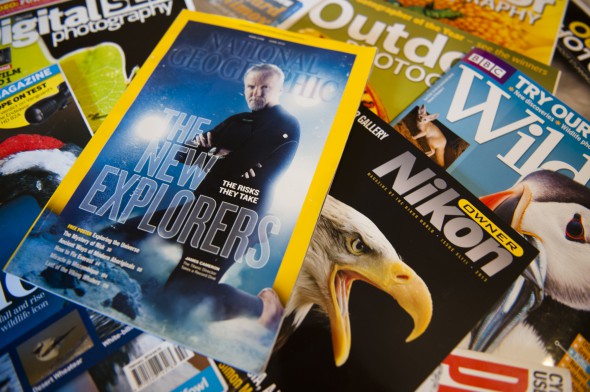
2. Visit galleries
In the winter and on those dull days, trade a day with the camera for one browsing the walls of exhibitions – and not just those filled with photography. Paintings, sculptures and drawings can all provide ideas for improving your artistic vision.
3. Peer review
Photographers working across many different genres produce some wonderful images, so take time to browse outside your main photographic genre. I tend to look at the websites of top portrait, adventure and landscape photographers for a refreshing dose of inspiration.
4. Join a photography club
Not for everyone, but photography clubs can be a great way to meet like-minded people who are passionate about photography and keen to share their knowledge. I’ve been a member of my club for five years now and I wouldn’t be without it.
5. Visit a talk
Sometimes it’s great to hear other photographers explaining their work, so why not swing by and join them at a talk or lecture? Usually filled with inspiring images and stories, such events are a great way to help inspire your own work.
Preparation
6. Project focus
Working on defined projects will almost certainly improve your images. Think of a brief, get out there and make some images.
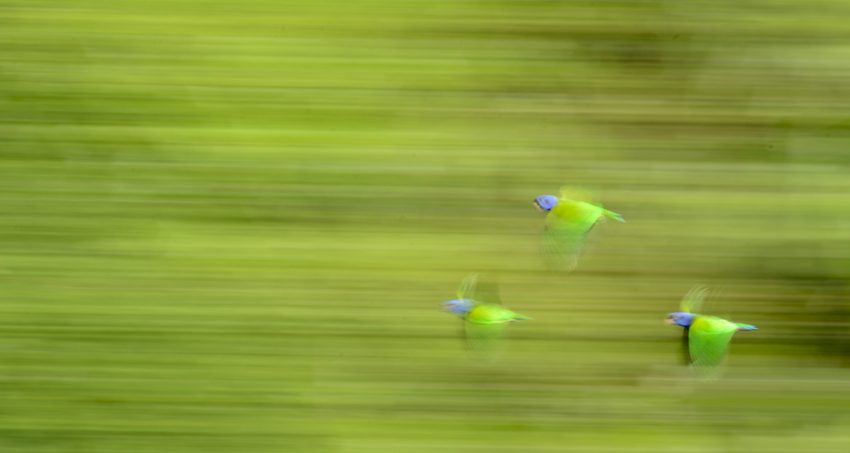
7. Draw the images you want to create
Take the inspiration you have found and apply it to the images you hope to produce, drawing diagrams of what you would like the images to look like – perhaps even deciding on colours, focus and background elements in advance. This will help to hone your photographic and compositional skills.
8. Have an end goal
What is the purpose of those images on your hard drive? Having a goal, be it a web gallery, coffee-table book or blog post, will help keep you motivated to head back and finish your project.
9. Banish negativity
Don’t put yourself or your work down. Aim high and keep working at your images, even when things aren’t going to plan. Take a break if you need to and try again.
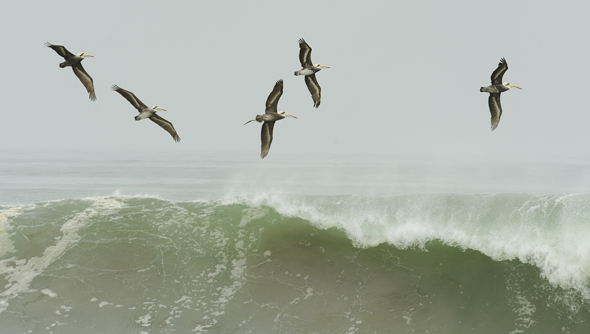
10. Don’t procrastinate
Planning is vital but procrastination is a killer. If you’re feeling stuck, maybe spending more time browsing lenses than shooting, pick up your camera bag and head out. Force yourself to start making images and inspiration will follow.
Gear
11. Ask yourself if you need it
Your kit bag is most likely not the problem. Additional gear might help but more focus on studying your subject and consistent effort is likely to result in far better images than simply buying a new lens.
12. Make a gear map
Buying new gear can be exciting but making sure all of your purchases are effective can be hard. Make a list of the gear you want and rank each item in order of importance, before making a plan to buy in that order. Having the plan will help minimise the chance of impulse purchases and should focus your mind on making images in the now.
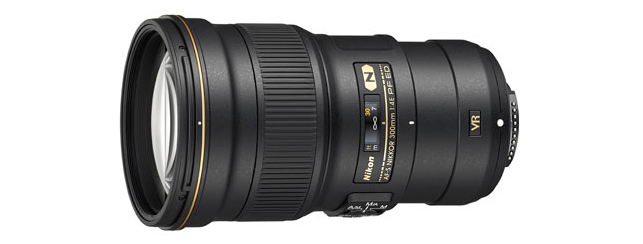
13. Borrow
I’m a great believer in sharing. Some bits of kit are expensive and are not always something your’re going to use consistently, so team up with friends and share equipment rather than always buying gear for yourself.
14. Dress appropriately
Cameras and lenses are important but, for an outdoor photographer, forgetting your wardrobe comes at a cost. Feeling cold and uncomfortable is never fun so invest in some good clothing. A decent waterproof jacket, insulation piece and a solid pair of boots are essential, as is a decent pair of gloves.
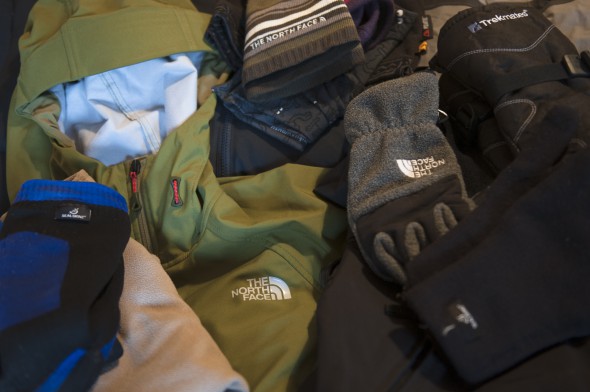
15. Keep your gear clean
After investing in your expensive gear, don’t neglect it. Clean it after long shoots and make sure to give it the once-over every month. Clean your sensor regularly and take precautions out in the field to minimise dust and dirt from affecting your kit.
16. Know your bag
Us photographers love a bag, but be sure to set yours up efficiently. Take time to plan out how it is organised, putting items to which you need quick access (like batteries and memory cards) in easy-to-reach places and ensuring you know where everything is. Being able to draw a lens or accessory in a decisive moment can be the difference between getting or missing a great image. In addition, set your bag up properly and take time to adjust the harness system in order to maximise comfort. Your back will thank me later.
17. Don’t forget other supports
Tripods are an essential accessory and if you invest in a good one it should last you for years. Don’t, however, forget the other options, such as bean bags, monopods, clamps and grips. These can also be handy and will reduce the need to always haul along your three-legged friend.
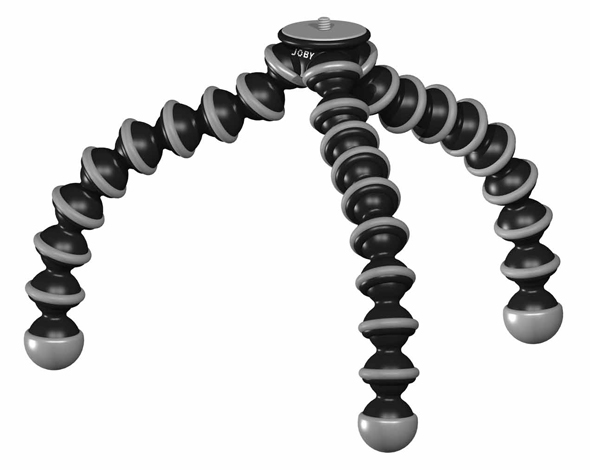
18. Only pack what you need
You don’t need it all. Most of us photographers have a pretty extensive bag of gear but, more often than not, you won’t need to carry all of it on every shoot. There is an art to deciding what to pack and leaving lesser-used lenses at home is often a good decision, especially if you have planned a day of hiking.
19. Make do and mend
A photographer’s life can be tough and, inevitably, something’s got to give. Straps break and bags rip, but it doesn’t have to be a problem. Pack a roll of gaffer tape (not duct tape) for making small repairs, as well as a length of paracord and a set of screwdrivers or multitool (I always carry my Leatherman). These little additions can really help you out in a pinch. Velcro straps and cable ties are also bits of gear I swear by, helping to keep those cameras in difficult positions!
20. Stay safe
Many photographers are often found in hard-to-reach locations and off the beaten track – and if this is you, it’s important to look after yourself. Always be sure to pack a small first-aid kit, whistle and torch into your bag. The majority of the time you won’t need them, but not having them is never worth the risk. Take a map and compass and tell people where you are going and what time you plan on being back. Other handy accessories include a space blanket, survival bag or bivi and an all-important chocolate bar for providing some much-needed energy when you need it most.
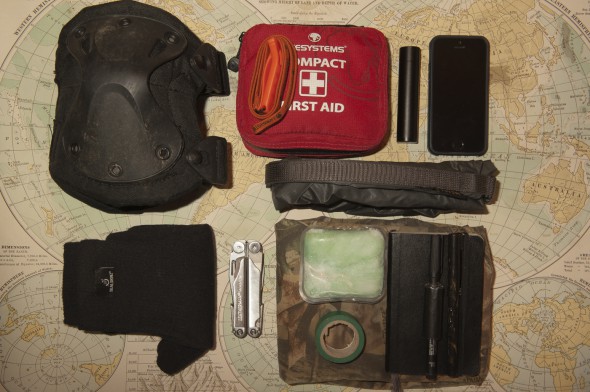
Fieldcraft
21. Research accessories
Long lenses are not the only way to get close-up images of wildlife. Remote triggers and wideangle lenses can make similarly excellent images at a fraction of the cost. Cheap remotes are very affordable, but more expensive models can be more reliable.
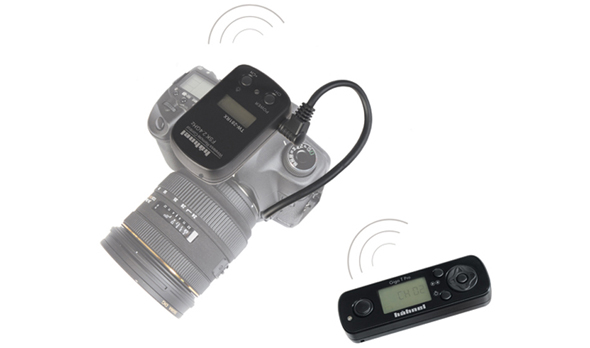
22. Blend in, but not completely
Full camouflage is not necessary. Wear subtle neutral colours (greens, browns and greys) constructed from rustle-free materials. Learn to blend in to your environment through positioning and movement rather than pretending you’re in the SAS.
23. Study up
Fieldcraft isn’t just learned outdoors; understanding your subjects is key to getting close. Read up on the behaviour of your intended subjects in scientific journals to help guide you in how to approach and where to look. Time spent indoors researching will pay dividends later – perfect for those rainy days or long train journeys.
24. Shape it off
The human shape scares wildlife, so change it. Get down low on the ground and lie on your front or alternatively use a hide or net to help conceal yourself. A number of options are available, from sturdy dome hides (perfect for long-term projects) to quick throw-over bag hides that are compact enough to keep in your camera bag.
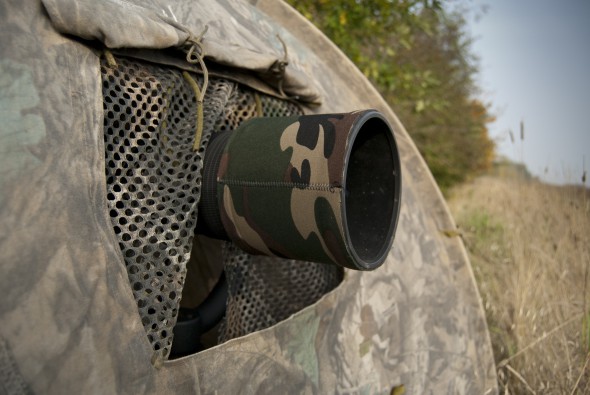
25. Subject first
As a wildlife and nature photographer, or any type of photographer for that matter, you must ensure that your subject always has priority. Causing harm or distress is never worth it for an image – and that goes for the landscape too. Pick up litter and leave your locations as you found them. Look after this beautiful planet.
Check out the next part of the article, in which Tom covers camera settings, creativity and processing: 50 Great Wildlife Photography Tips – Part 2
About the Author
Tom Mason is an up-and-coming wildlife and nature photographer from Hertfordshire. He has worked on a number of projects both in the UK and abroad and is passionate about the natural world. For more information on Tom, check out his website or follow him on Twitter.

